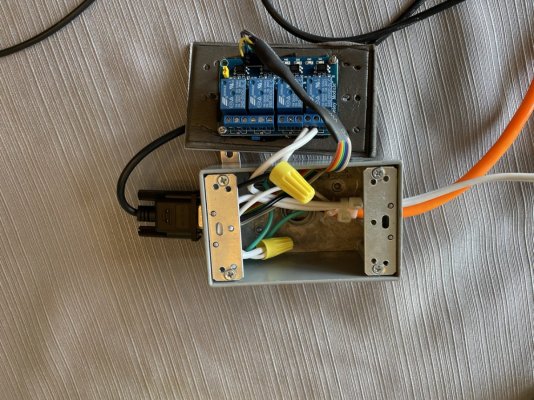The Reef-pi documents are using an American DJ SR P8 power strip. Are there also people making the power strip themself?
I'm thinking about building a box with 8 power outlets and just use a 5V 8-relay board to switch one wire of each power outlet with the relays.
Than just connect the relay board to the RPi zero w by connecting 5V, Ground and 8 outlet pins and switch them on and off by the Reef-Pi.
Im thinking about wiring the relays NC (normaly closed) so the relays don't have to be powered on all the time (so the relays only turn on when I want to switch something off)
Is this a good or a bad idea? and are there other people who got something like this?
I would love to hear some input about this.
I'm thinking about building a box with 8 power outlets and just use a 5V 8-relay board to switch one wire of each power outlet with the relays.
Than just connect the relay board to the RPi zero w by connecting 5V, Ground and 8 outlet pins and switch them on and off by the Reef-Pi.
Im thinking about wiring the relays NC (normaly closed) so the relays don't have to be powered on all the time (so the relays only turn on when I want to switch something off)
Is this a good or a bad idea? and are there other people who got something like this?
I would love to hear some input about this.




















